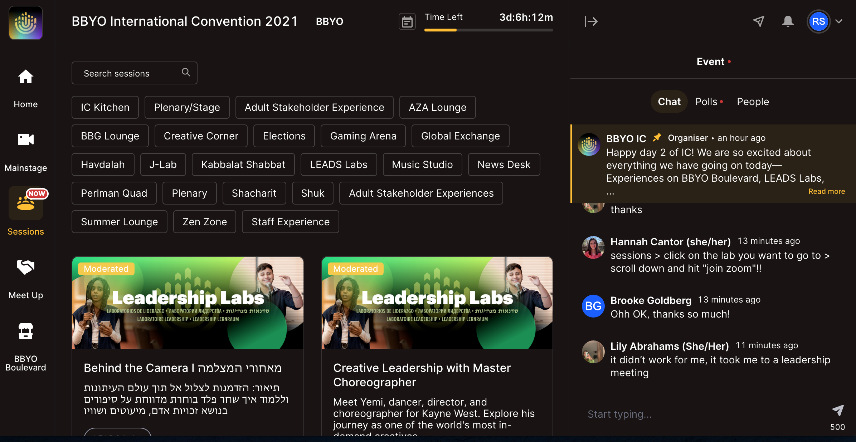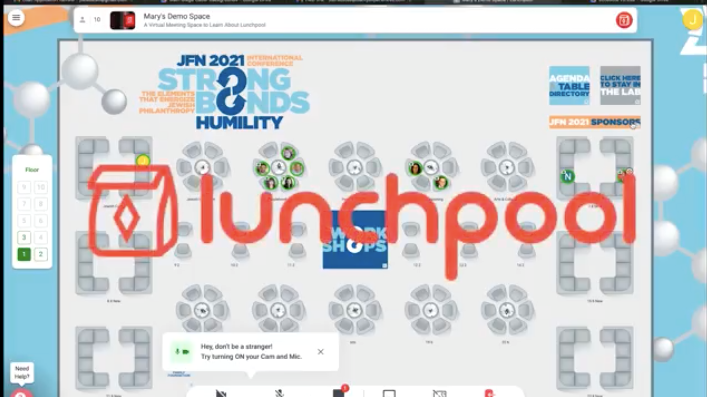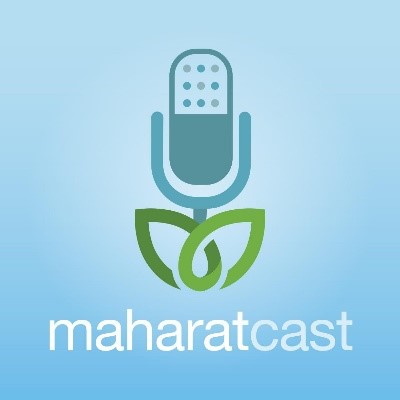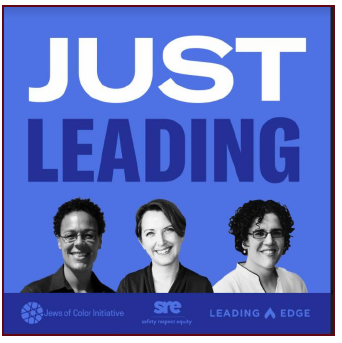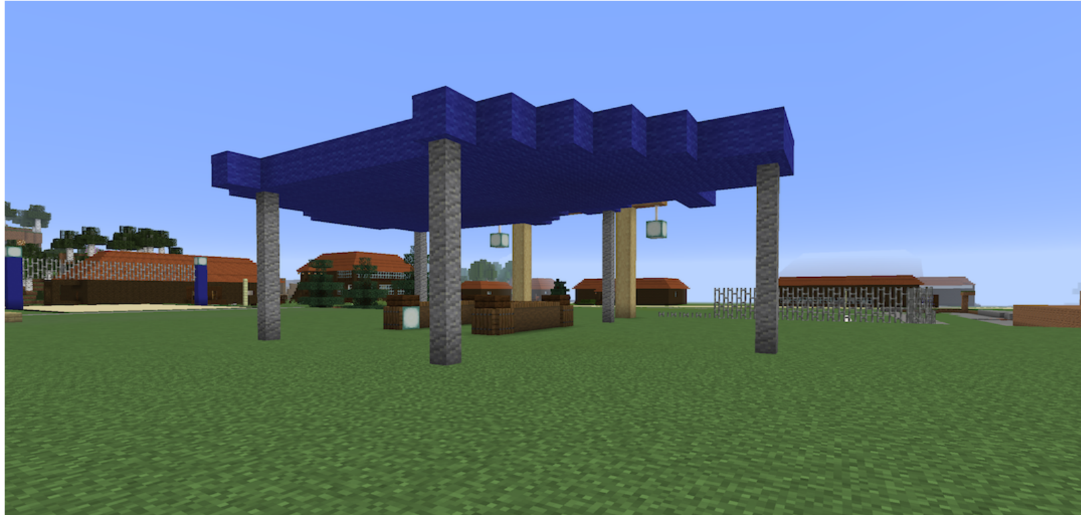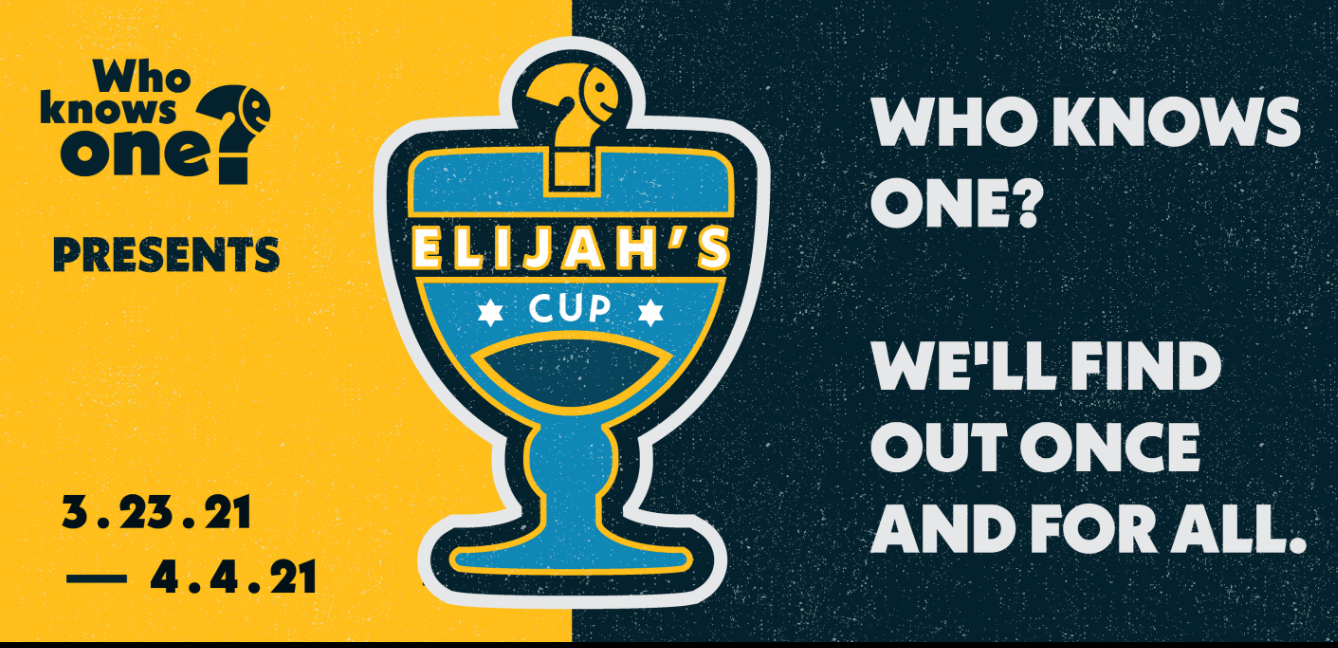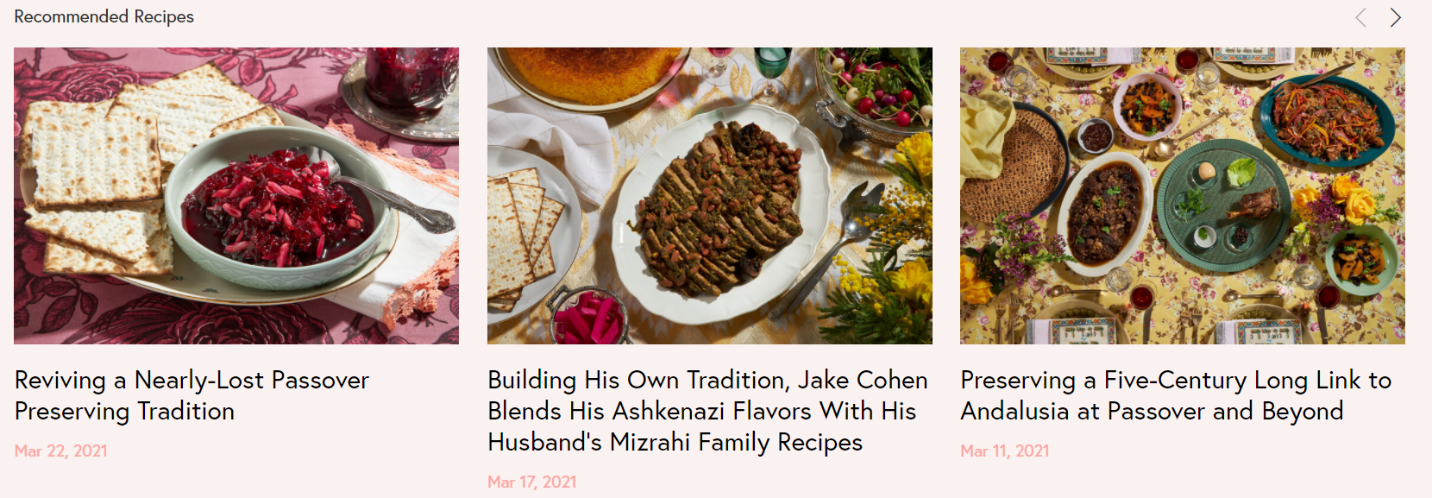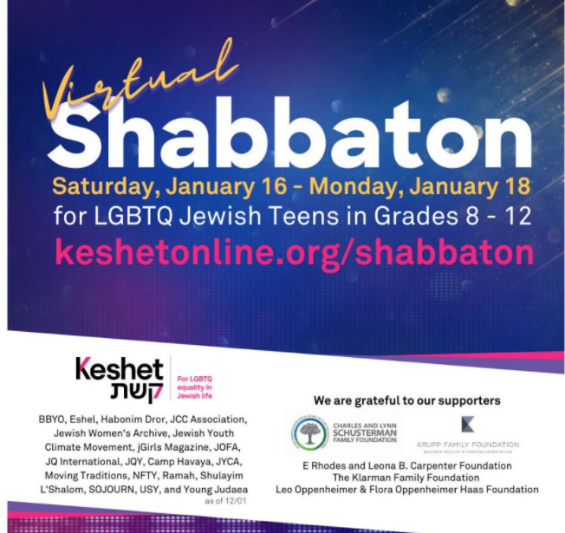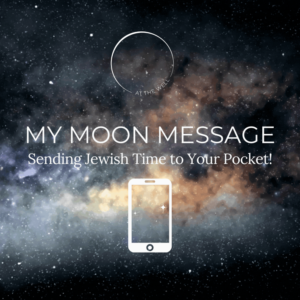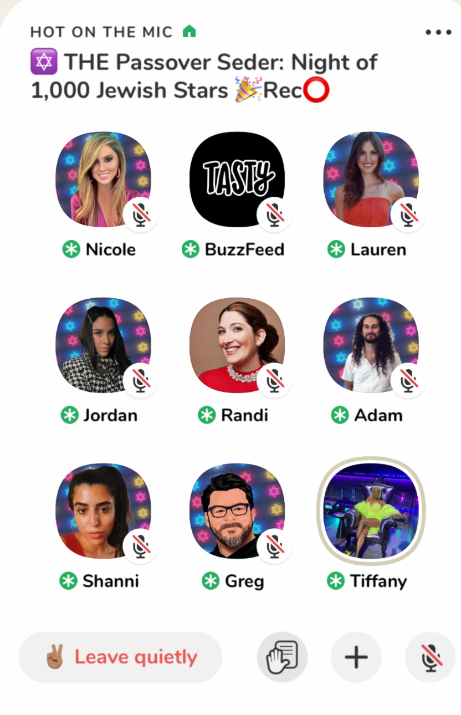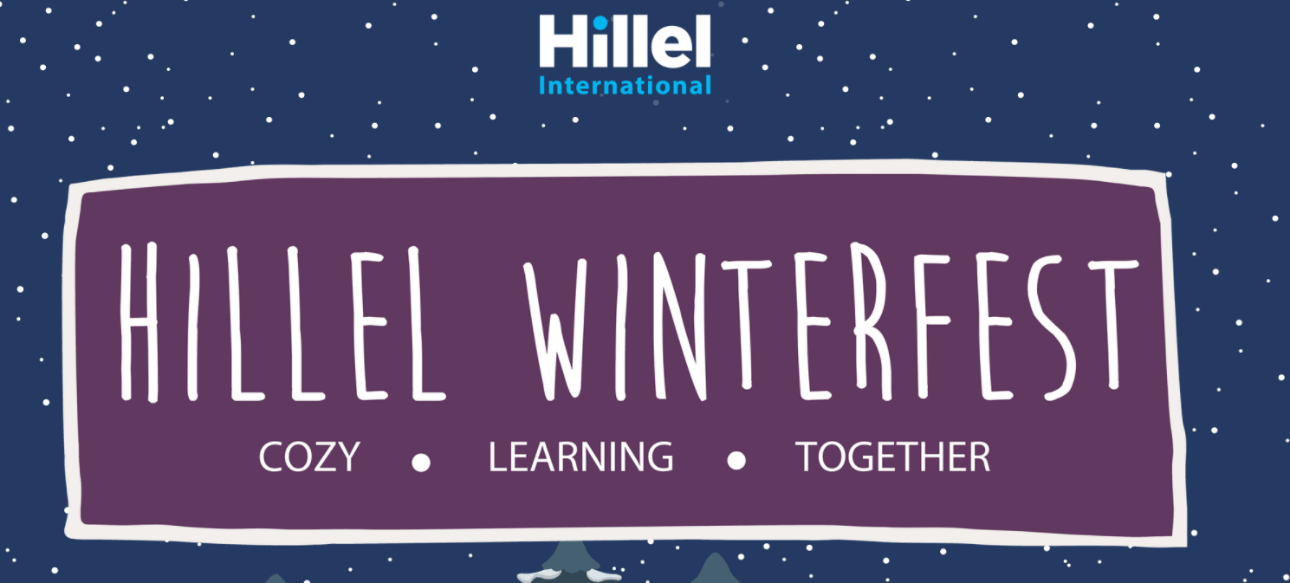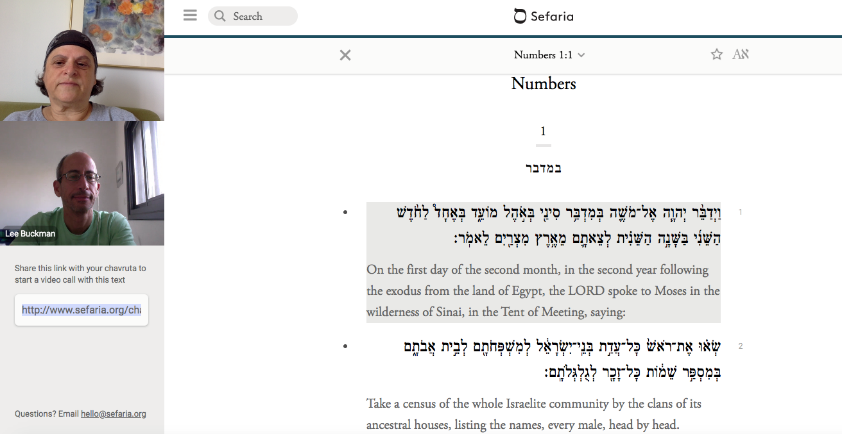For 15 years, the Jim Joseph Foundation has worked closely with grantee-partners and independent evaluators to support compelling, effective Jewish learning experiences. Our current strategic approach reflects the foundation’s learning about grantmaking practices and the wide variety of Jewish experiences that are effective. By publicly “unpacking” our strategy, we hope to share insights about strategic philanthropy and our approaches toward desired outcomes. By no means do we have all the answers; we continue to learn and especially appreciate learning with peers in the field (please see below for a request for your feedback!).
Today, one of our three strategic priorities is investing in Powerful Jewish Learning Experiences (PJLE). In this priority, the foundation grows and strengthens Jewish learning by investing in program models with deep and enduring effects on participants. Within the PJLE strategy, a new grant category termed “Build Grants” supports organizations ready for what we consider to be dramatic growth. Build Grants are predominantly a breadth play, although depth is a prerequisite, which is most often achieved through ongoing and/or immersive experiences that deliver proven Jewish learning outcomes. Build Grants support organizations to invest in their capacity to expand their programs and operations, thus engaging more people at different life stages in meaningful Jewish life. And importantly, we utilize these grants, in part, to support offerings that engage new audiences of young Jews whom we are not reaching with our existing investments.
Our hypothesis is that organizations of a certain size, meeting certain criteria, can receive a one-time infusion of growth capital enabling them to achieve an increased and sustainable level of budget, reach and outcomes by the grant’s end and the foundation’s possible exit. If successful, these shorter and more targeted investments focused on sustainable growth will position the foundation to accelerate the growth of more organizations than we have previously. While we have not yet concluded a Build Grant, we are supporting grantee-partners throughout their grant periods to execute the work and plan for our exit. Given the experimental nature of this grantmaking category, we want to learn as much as possible about this process to adjust our approach as needed. We will soon contract with an external evaluator to help us better understand where these grants are working and where they aren’t.
Importantly, we think that our relational grantmaking approach creates an environment where grantee-partners are willing to take this journey with us. One of the many unknowns is what comes at a Build Grant’s conclusion. While we envision Build Grants as one-time infusions of growth capital, some of these grants may conclude without the foundation exiting. Some grantee-partners may be renewed for another round of growth capital or may receive a new grant that aligns elsewhere in our portfolio. Thus far, we have found that navigating these unknowns in close partnership with our grantee-partners actually strengthens already strong working relationships and deepens mutual trust.
While certain aspects of this grantmaking approach have been part of the foundation’s DNA since inception, doing this intentionally and on this scale is new. In just the first two years of testing this hypothesis, learnings have led to changes. For example, the eight criteria for these grants are not quite as rigid as initially outlined. Still, in general, when considering Build Grants, we look for organizations with national reach that have mission alignment, strong and stable leadership, financial health and stability, a growth plan, annual baseline numbers of 1,000 participants, diversity in the Foundation’s portfolio, demonstrated Jewish learning outcomes and a culture of learning. We also have learned that many promising Build Grant candidates lack one or more of these readiness factors. In select cases, and after robust due diligence, we have made smaller grants to help organizations fully prepare to absorb a Build Grant. This has included grants like supporting an external strategic planning or evaluation consultancy.
The foundation’s evolving understanding of Jewish learning warranted our two-year planning process to refine our foundation’s overall grantmaking strategy. That strategy captures our desire (and responsibility, we believe) to develop a strong, sustainable ecosystem of Jewish organizations that can offer meaningful Jewish learning experiences in an ongoing way. As we developed that strategy and learned more about the field, we recognized how impactful Build Grants could be. They are an opportunity for growth and sustainability that, over time, can build a more robust and diverse ecosystem of powerful Jewish learning experiences.
Again, we appreciate that structuring these investments as we have is an experiment. With that in mind, we welcome feedback, learnings, and general insights from others in the field who share a similar goal or approach.
Aaron Saxe is a senior program officer at the Jim Joseph Foundation.
originally published in eJewish Philanthropy.
